-
 Bitcoin
Bitcoin $87,066.3384
2.57% -
 Ethereum
Ethereum $1,575.4052
-0.49% -
 Tether USDt
Tether USDt $1.0000
0.00% -
 XRP
XRP $2.0743
-0.02% -
 BNB
BNB $595.7825
0.83% -
 Solana
Solana $136.4079
-0.38% -
 USDC
USDC $0.9999
-0.01% -
 Dogecoin
Dogecoin $0.1581
2.00% -
 TRON
TRON $0.2461
0.07% -
 Cardano
Cardano $0.6196
0.16% -
 Chainlink
Chainlink $13.0591
-2.01% -
 UNUS SED LEO
UNUS SED LEO $9.1392
-2.02% -
 Avalanche
Avalanche $19.8657
2.37% -
 Stellar
Stellar $0.2514
3.00% -
 Toncoin
Toncoin $2.8936
-3.40% -
 Shiba Inu
Shiba Inu $0.0...01231
-0.36% -
 Sui
Sui $2.1999
4.48% -
 Hedera
Hedera $0.1692
2.08% -
 Bitcoin Cash
Bitcoin Cash $343.9033
2.31% -
 Hyperliquid
Hyperliquid $18.0140
3.65% -
 Polkadot
Polkadot $3.7968
-2.33% -
 Litecoin
Litecoin $77.6904
0.03% -
 Dai
Dai $0.9999
0.00% -
 Bitget Token
Bitget Token $4.4339
0.86% -
 Ethena USDe
Ethena USDe $0.9993
-0.01% -
 Pi
Pi $0.6352
-0.68% -
 Monero
Monero $215.3155
0.42% -
 Uniswap
Uniswap $5.2608
0.42% -
 Pepe
Pepe $0.0...07751
3.06% -
 Aptos
Aptos $4.9488
-1.93%
How to analyze ETF liquidity indicators (average spread, trading volume)?
ETF liquidity, measured by average spread and trading volume, is crucial for investors to enter and exit positions efficiently, ensuring seamless transactions at prices close to intrinsic value.
Jan 07, 2025 at 04:39 am

Key Points
- Overview of ETF liquidity indicators
- Steps to analyze ETF liquidity
- FAQs on ETF liquidity indicators
Overview of ETF Liquidity Indicators
ETF liquidity refers to the ease with which an ETF can be bought or sold without significantly impacting its price. Liquidity is important for investors, as it allows them to enter and exit positions quickly and efficiently. Two key indicators of ETF liquidity are average spread and trading volume.
Average spread measures the difference between the bid and ask prices of an ETF. A lower spread indicates higher liquidity, as investors can trade the ETF at a price closer to its intrinsic value. Trading volume measures the number of shares traded in an ETF over a given period. Higher trading volume indicates increased liquidity, as more participants are actively buying and selling the ETF.
Steps to Analyze ETF Liquidity
1. Check the Average Spread
- Calculate the average spread by subtracting the bid price from the ask price and dividing by the midpoint of the two prices.
- Compare the average spread to other ETFs in the same asset class. A lower spread indicates higher liquidity.
- Consider the spread over time. A consistently low spread suggests constant liquidity.
2. Examine Trading Volume
- Determine the average daily trading volume of the ETF. A higher trading volume indicates increased liquidity.
- Analyze the trading volume over time. Consistent high trading volume suggests sustained liquidity.
- Compare the trading volume to the ETF's market capitalization. A higher trading volume relative to market cap indicates more active trading.
3. Review Historical Liquidity Data
- Examine the ETF's historical liquidity metrics, including average spread and trading volume.
- Identify any patterns or trends in liquidity over time.
- Assess whether the ETF has experienced periods of decreased liquidity or illiquidity.
4. Consider the ETF's Market Cap and Underlying Assets
- Larger ETF market caps tend to have higher liquidity.
- ETFs tracking more liquid underlying assets, such as stocks, typically exhibit higher liquidity than those tracking less liquid assets, such as bonds.
5. Monitor Other Market Liquidity Indicators
- Pay attention to broader market liquidity indicators, such as the VIX Index (volatility index).
- Market conditions can impact ETF liquidity, so monitoring these indicators provides context.
FAQs on ETF Liquidity Indicators
Q: What is a "good" average spread for an ETF?
A: An average spread of 0.05% or less is generally considered liquid. However, it is important to compare spreads across similar ETFs and consider market conditions.
Q: How much trading volume should an ETF have to be considered liquid?
A: There is no set volume requirement for liquidity. However, ETFs with average daily trading volumes exceeding $1 million are typically considered liquid.
Q: Can ETF liquidity change over time?
A: Yes, ETF liquidity can fluctuate due to factors such as market conditions, changes in underlying assets, and investor demand. Therefore, it is important to monitor liquidity metrics over time.
Disclaimer:info@kdj.com
The information provided is not trading advice. kdj.com does not assume any responsibility for any investments made based on the information provided in this article. Cryptocurrencies are highly volatile and it is highly recommended that you invest with caution after thorough research!
If you believe that the content used on this website infringes your copyright, please contact us immediately (info@kdj.com) and we will delete it promptly.
- Avalanche Foundation Launches the Avalanche Card, Allowing Holders to Access Their Crypto Assets Seamlessly Around the World
- 2025-04-22 06:30:12
- The OM Token Crash: A Stark Reminder of Crypto's Wild West Nature
- 2025-04-22 06:30:12
- Bitcoin price rebounds as President Donald Trump attacks Federal Reserve Chairman Jerome Powell
- 2025-04-22 06:25:13
- title: The Sacramento Kings will put their fate in ping pong balls and the NBA draft lottery that is to be held on May 12th
- 2025-04-22 06:25:13
- Strategy’s relentless hoovering of Bitcoin has accelerated
- 2025-04-22 06:20:13
- Enjin Coin (ENJ) price surges by 69.7% as new Substreak Telegram integration unlocks 1 billion users
- 2025-04-22 06:20:13
Related knowledge
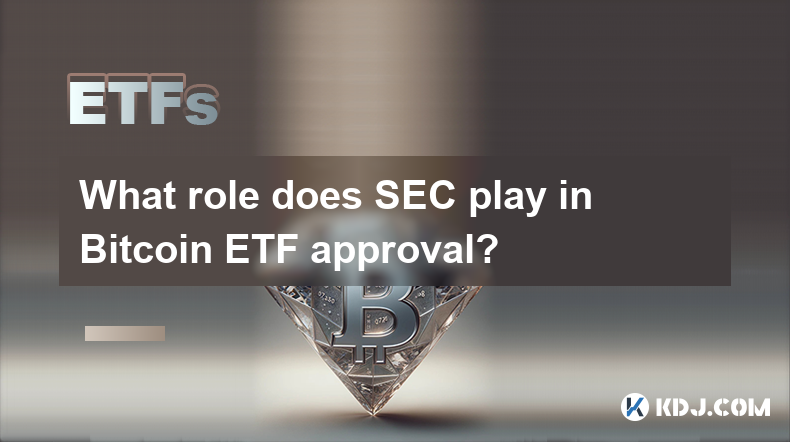
What role does SEC play in Bitcoin ETF approval?
Feb 25,2025 at 06:48am
Key Points:SEC's Role in Bitcoin ETF Approval ProcessHistorical Efforts to Establish a Bitcoin ETFSEC's Criteria for Bitcoin ETF ApprovalPotential Impact of a Bitcoin ETF on the Cryptocurrency MarketTimeline and Outlook for Bitcoin ETF ApprovalArticle:SEC Play in Bitcoin ETF ApprovalThe United States Securities and Exchange Commission (SEC) plays a crit...
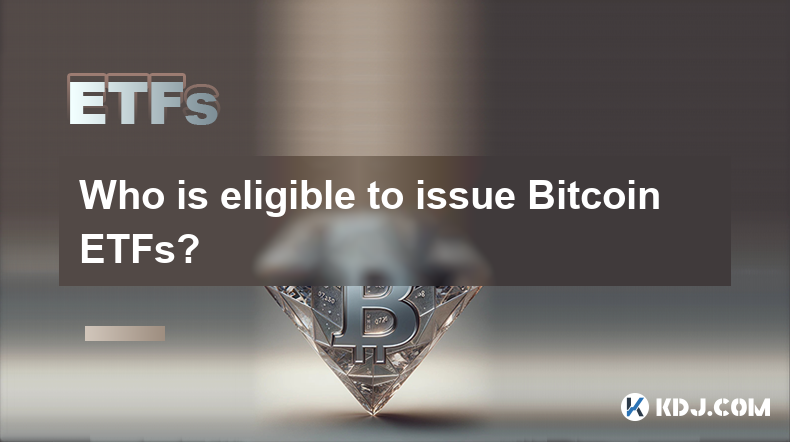
Who is eligible to issue Bitcoin ETFs?
Feb 25,2025 at 11:13am
Key Points:Only regulated financial institutions with the necessary expertise and infrastructure are eligible to issue Bitcoin ETFs.The Securities and Exchange Commission (SEC) has not yet approved any spot Bitcoin ETFs, but has approved several futures-based ETFs.Applicants must meet stringent requirements, including having a strong track record and su...
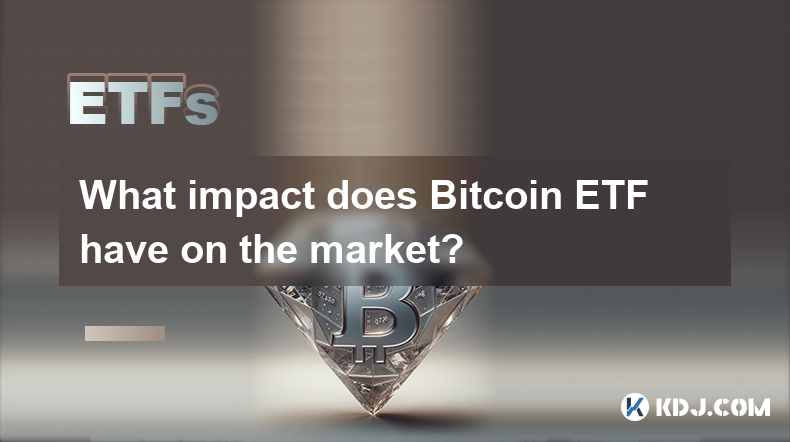
What impact does Bitcoin ETF have on the market?
Feb 25,2025 at 11:37am
Key Points:Introduction to Bitcoin ETFs and their role in the cryptocurrency marketHistorical development and performance of Bitcoin ETFsPotential benefits of Bitcoin ETFs for investors and the marketRisks and limitations associated with Bitcoin ETFsRegulatory considerations and their impact on Bitcoin ETFsArticle:Introduction to Bitcoin ETFsBitcoin exc...
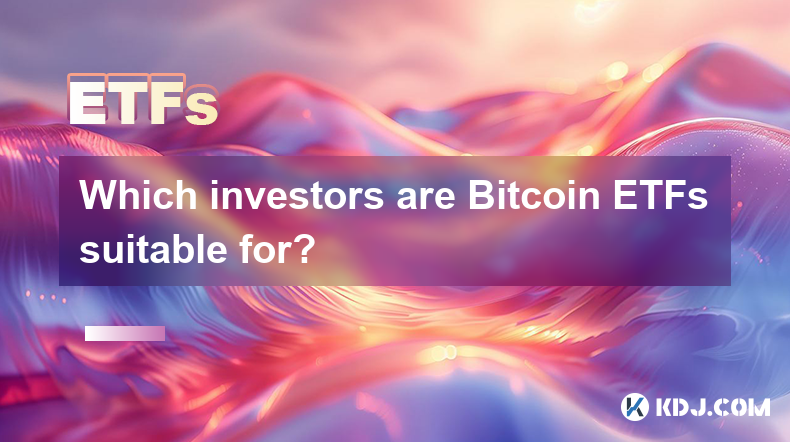
Which investors are Bitcoin ETFs suitable for?
Feb 27,2025 at 04:01pm
Key Points:Understanding Bitcoin ETFsBenefits of Bitcoin ETFsSuitability of Bitcoin ETFs for Different InvestorsAssessing Risk Tolerance and Investment GoalsConsidering Short-Term and Long-Term StrategiesExamining Tax ImplicationsSeeking Professional AdviceUnderstanding Bitcoin ETFsBitcoin exchange-traded funds (ETFs) are investment vehicles that track ...
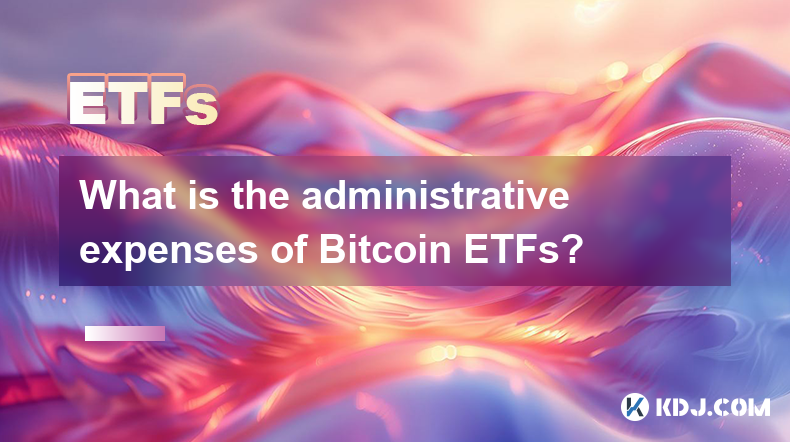
What is the administrative expenses of Bitcoin ETFs?
Feb 26,2025 at 12:24am
Key Points:Administrative expenses are a crucial factor to consider when evaluating Bitcoin ETFs.These expenses can significantly impact the performance of the fund and ultimately the investor's returns.Understanding the various components of administrative expenses is essential for informed decision-making.Comparing administrative expenses across diffe...
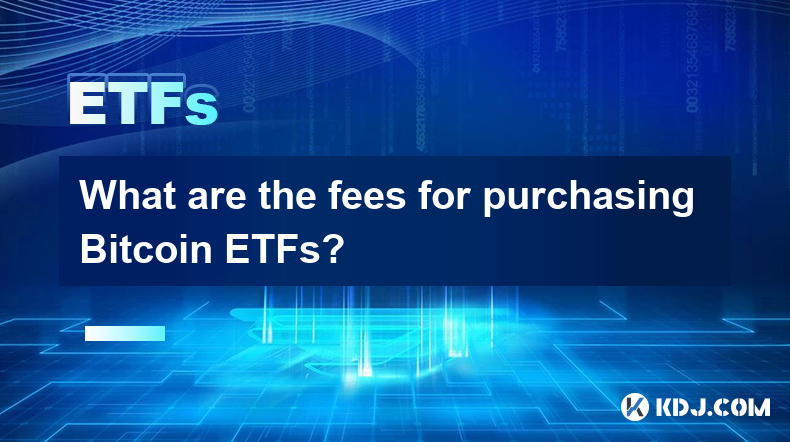
What are the fees for purchasing Bitcoin ETFs?
Feb 27,2025 at 07:13pm
Key Points:Bitcoin exchange-traded funds (ETFs) are a cost-effective and regulated way to gain exposure to Bitcoin.Fees associated with Bitcoin ETF purchases vary depending on the platform, trading volume, and account type.It is essential to evaluate fee structures carefully to optimize investment returns.Fees Associated with Purchasing Bitcoin ETFs1. B...

What role does SEC play in Bitcoin ETF approval?
Feb 25,2025 at 06:48am
Key Points:SEC's Role in Bitcoin ETF Approval ProcessHistorical Efforts to Establish a Bitcoin ETFSEC's Criteria for Bitcoin ETF ApprovalPotential Impact of a Bitcoin ETF on the Cryptocurrency MarketTimeline and Outlook for Bitcoin ETF ApprovalArticle:SEC Play in Bitcoin ETF ApprovalThe United States Securities and Exchange Commission (SEC) plays a crit...

Who is eligible to issue Bitcoin ETFs?
Feb 25,2025 at 11:13am
Key Points:Only regulated financial institutions with the necessary expertise and infrastructure are eligible to issue Bitcoin ETFs.The Securities and Exchange Commission (SEC) has not yet approved any spot Bitcoin ETFs, but has approved several futures-based ETFs.Applicants must meet stringent requirements, including having a strong track record and su...

What impact does Bitcoin ETF have on the market?
Feb 25,2025 at 11:37am
Key Points:Introduction to Bitcoin ETFs and their role in the cryptocurrency marketHistorical development and performance of Bitcoin ETFsPotential benefits of Bitcoin ETFs for investors and the marketRisks and limitations associated with Bitcoin ETFsRegulatory considerations and their impact on Bitcoin ETFsArticle:Introduction to Bitcoin ETFsBitcoin exc...

Which investors are Bitcoin ETFs suitable for?
Feb 27,2025 at 04:01pm
Key Points:Understanding Bitcoin ETFsBenefits of Bitcoin ETFsSuitability of Bitcoin ETFs for Different InvestorsAssessing Risk Tolerance and Investment GoalsConsidering Short-Term and Long-Term StrategiesExamining Tax ImplicationsSeeking Professional AdviceUnderstanding Bitcoin ETFsBitcoin exchange-traded funds (ETFs) are investment vehicles that track ...

What is the administrative expenses of Bitcoin ETFs?
Feb 26,2025 at 12:24am
Key Points:Administrative expenses are a crucial factor to consider when evaluating Bitcoin ETFs.These expenses can significantly impact the performance of the fund and ultimately the investor's returns.Understanding the various components of administrative expenses is essential for informed decision-making.Comparing administrative expenses across diffe...

What are the fees for purchasing Bitcoin ETFs?
Feb 27,2025 at 07:13pm
Key Points:Bitcoin exchange-traded funds (ETFs) are a cost-effective and regulated way to gain exposure to Bitcoin.Fees associated with Bitcoin ETF purchases vary depending on the platform, trading volume, and account type.It is essential to evaluate fee structures carefully to optimize investment returns.Fees Associated with Purchasing Bitcoin ETFs1. B...
See all articles






















































































